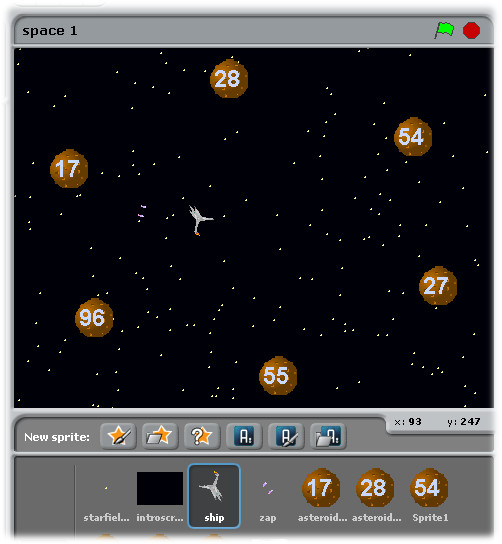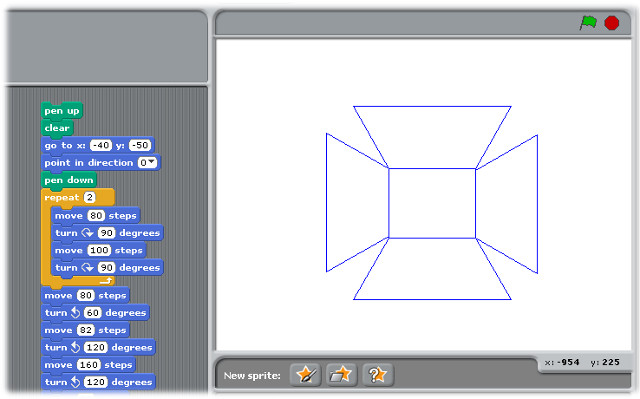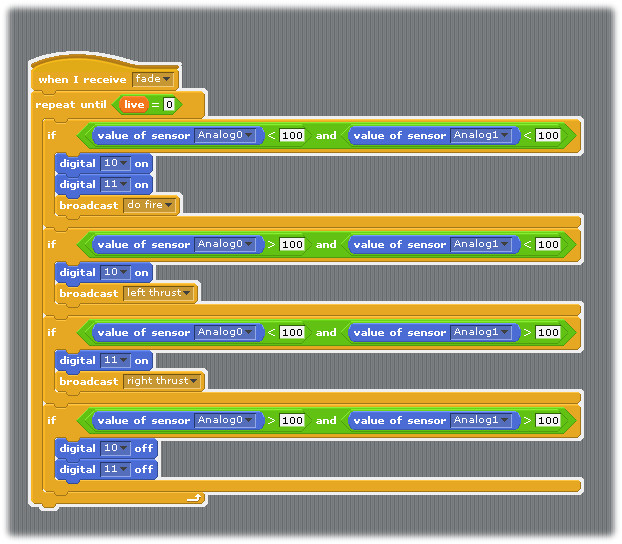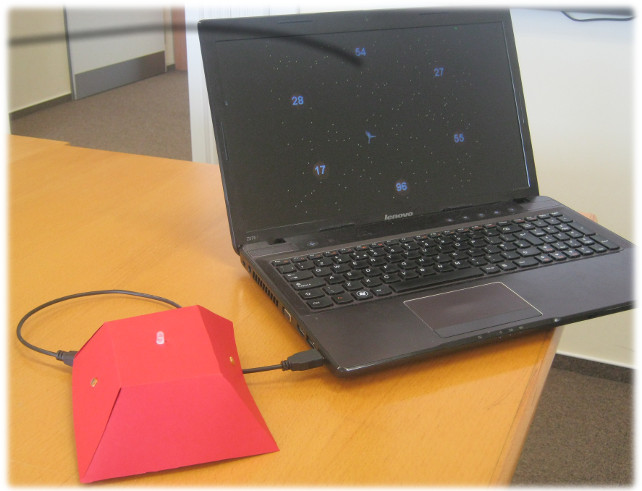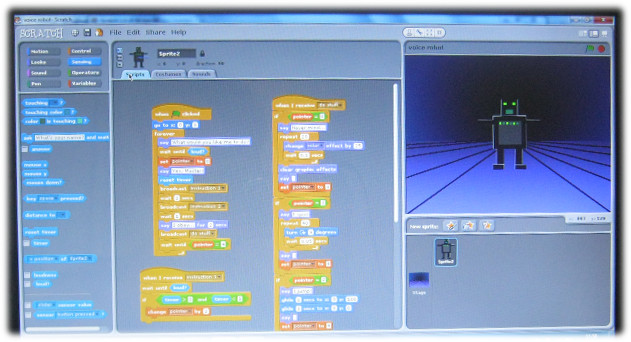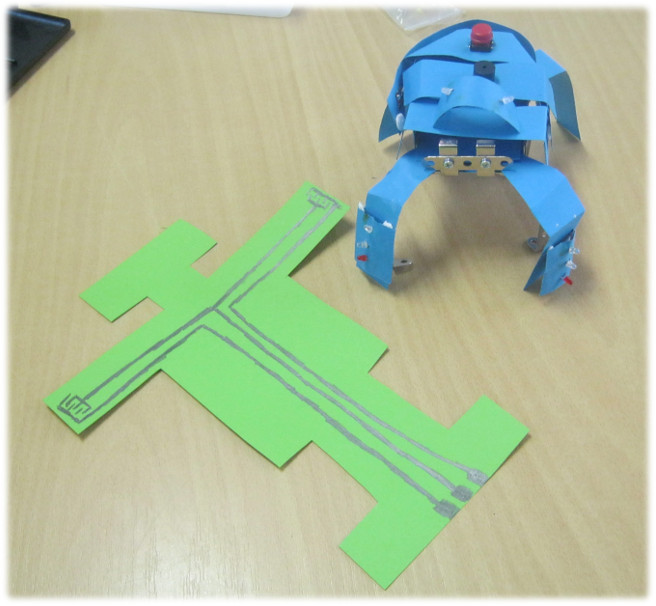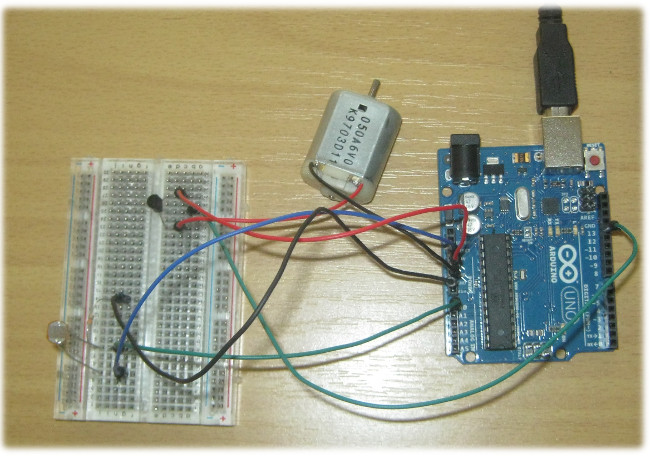One thing I started last year, which has worked well for us is a Monthly Scratch Challenge!
Usually, I get the inspiration from discussion in class, when a student says something like, “Wouldn’t it be great if…”
This month, the inspiration comes from the Secretary of State for Education in England. I told my class about the way my Twitter feed transmogrified into the Roger Hargreaves appreciation society in the wake of the debate he has stimulated, and the link one colleague had shared to a Mr Men avatar generator – as an example of a Twitter-based PLN providing access to ideas and resources you might never have the time to uncover on your own.
“But I’m not that impressed,” I said. “It has potential, but I wouldn’t have done it that way!” And so, the challenge was set. If you had to make your own avatar generator, what features would you include?
My initial proof of concept is pretty rough round the edges. Certainly, it makes plenty of random Mr Men-style avatars I can screenshot and use as sprites in another application – but I’m sure my students can do better.
If you would like a year’s supply of monthly Scratch Challenges, and you’re in Prague this weekend, you’re more than welcome to pop in to Scratch in Control – our free Scratch Day event.
I’m starting to plan a follow-up event on November 30, as our contribution to European Robotics Week. If you would like to know more, drop me a line….

